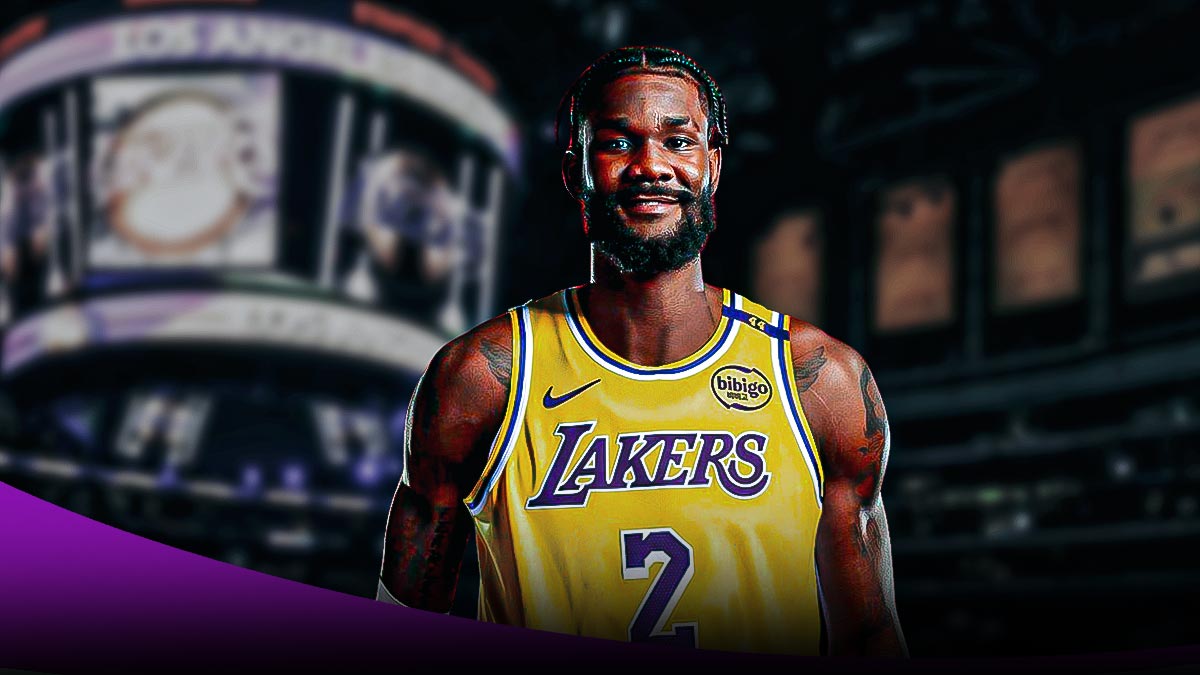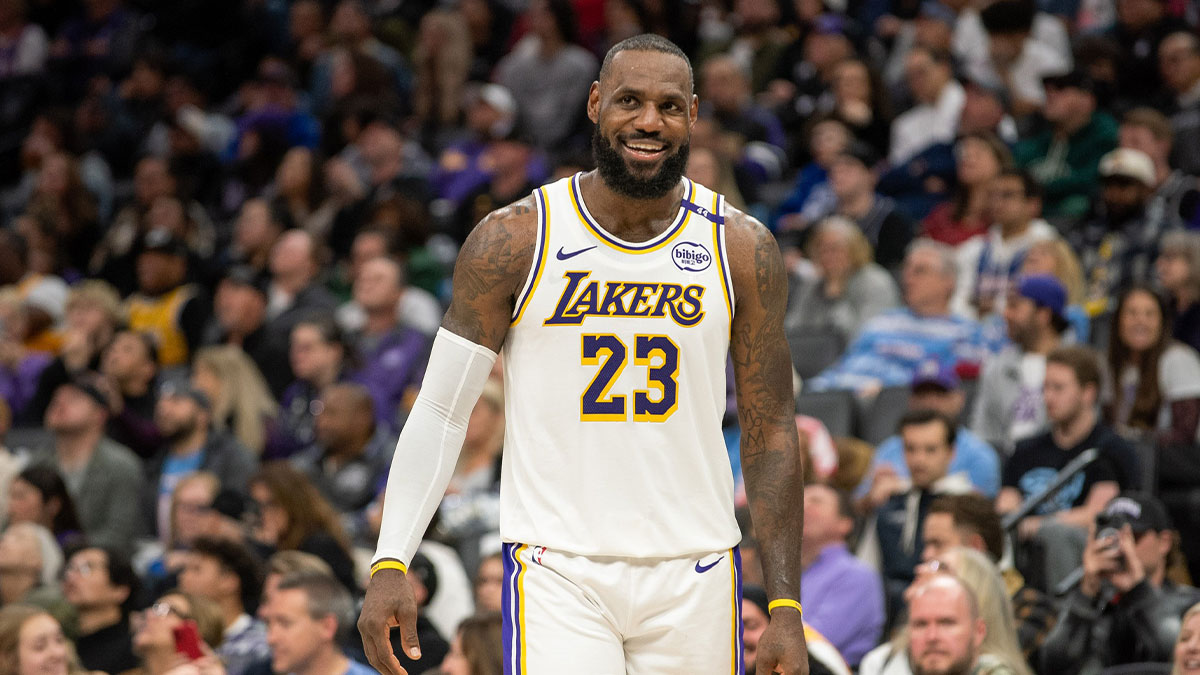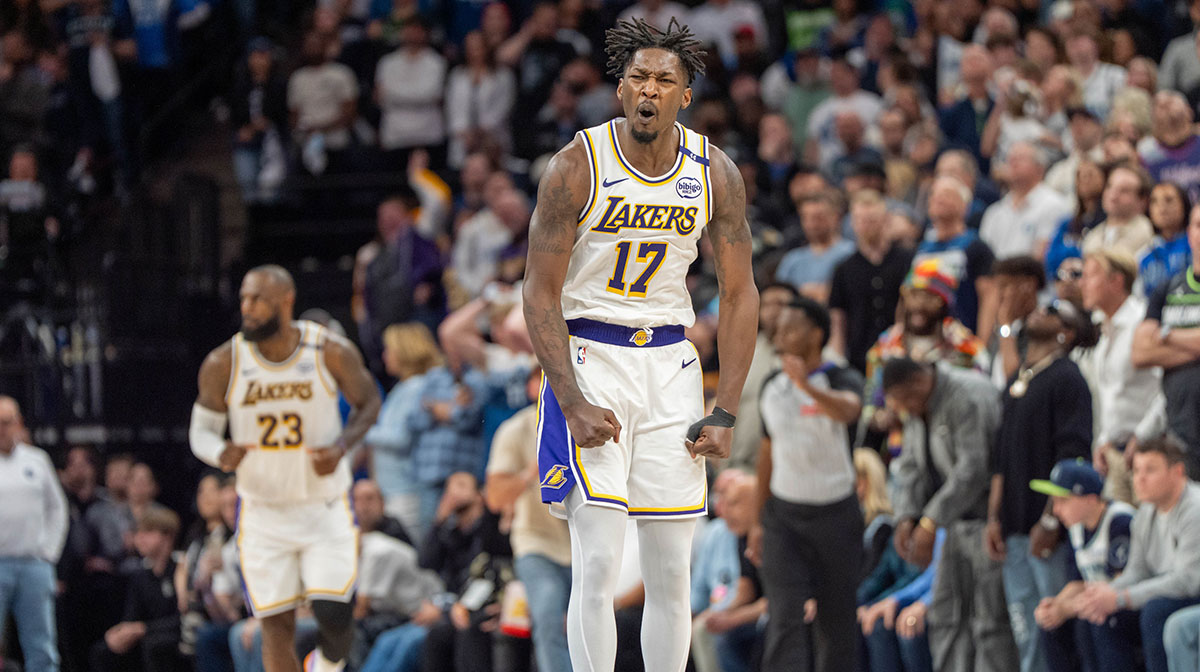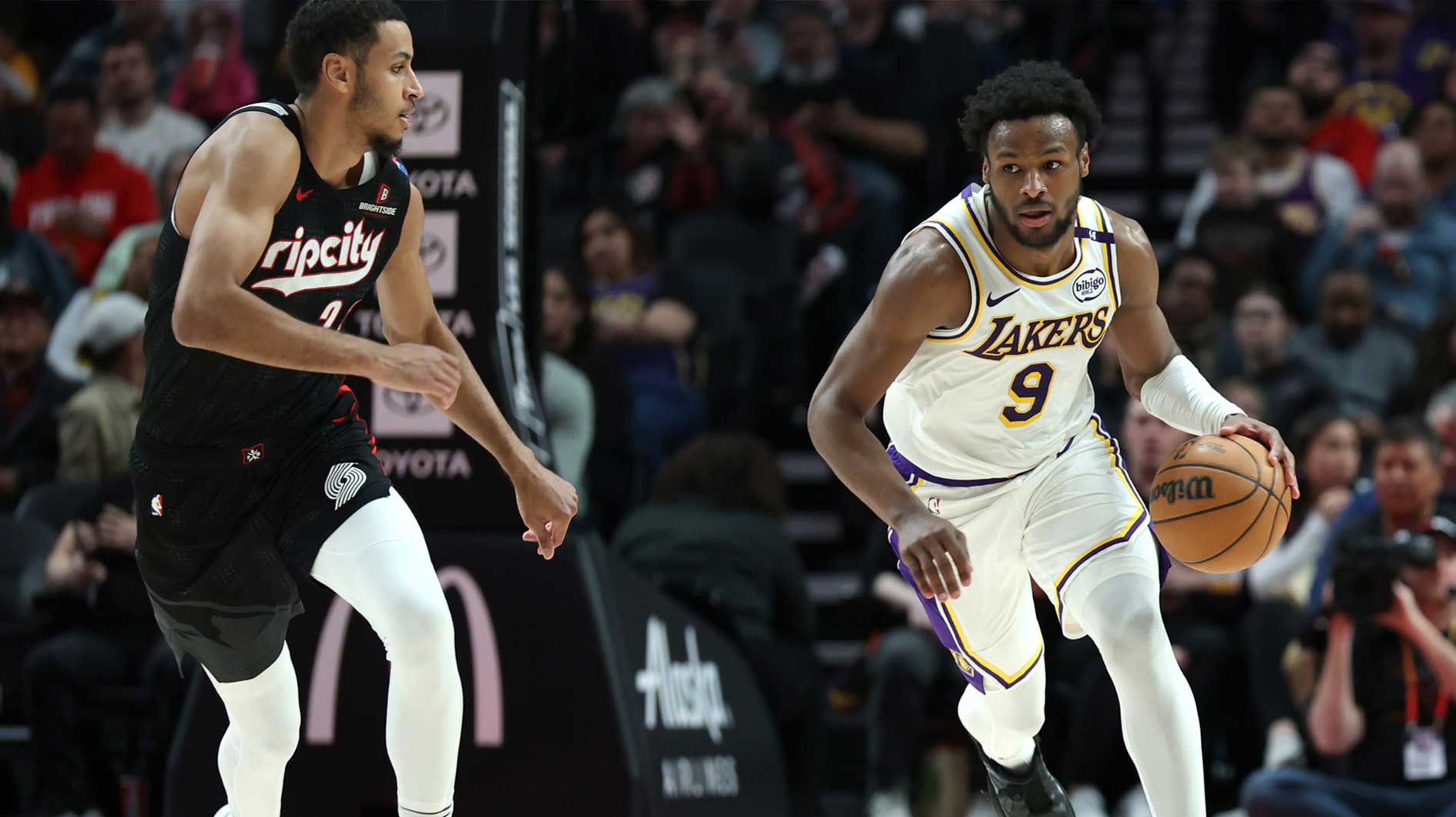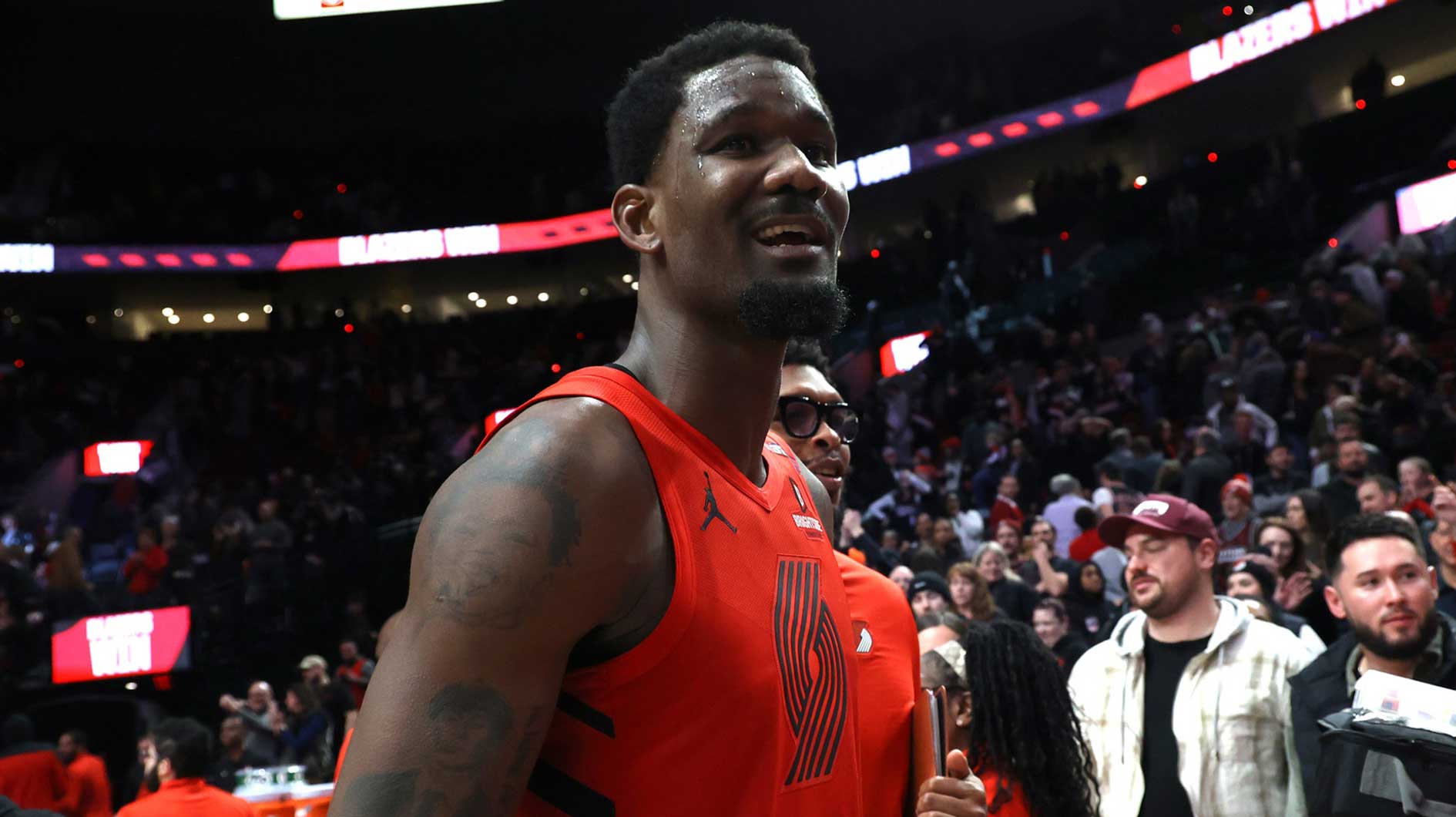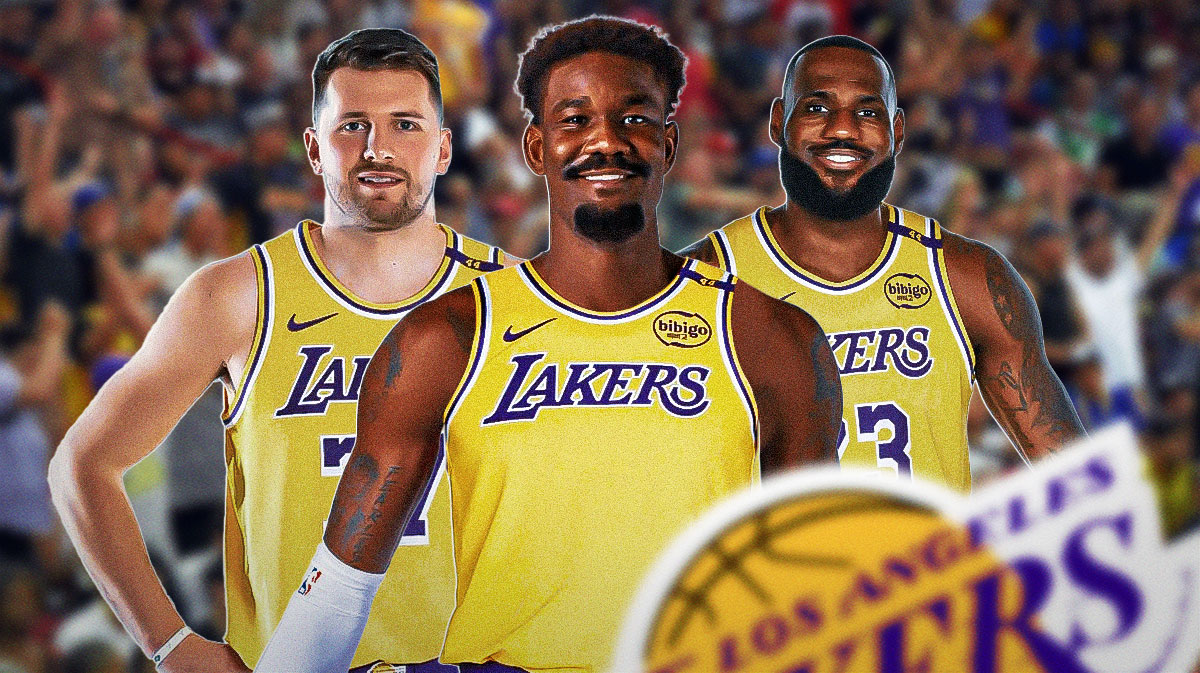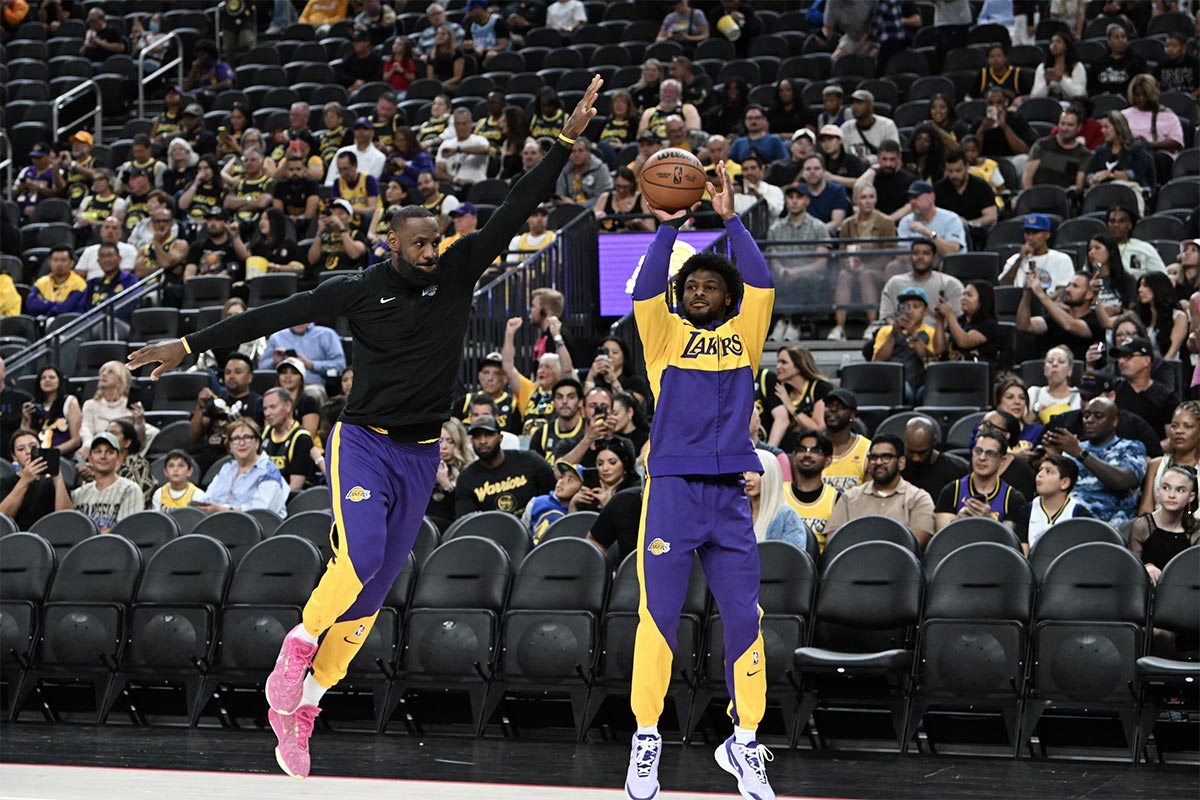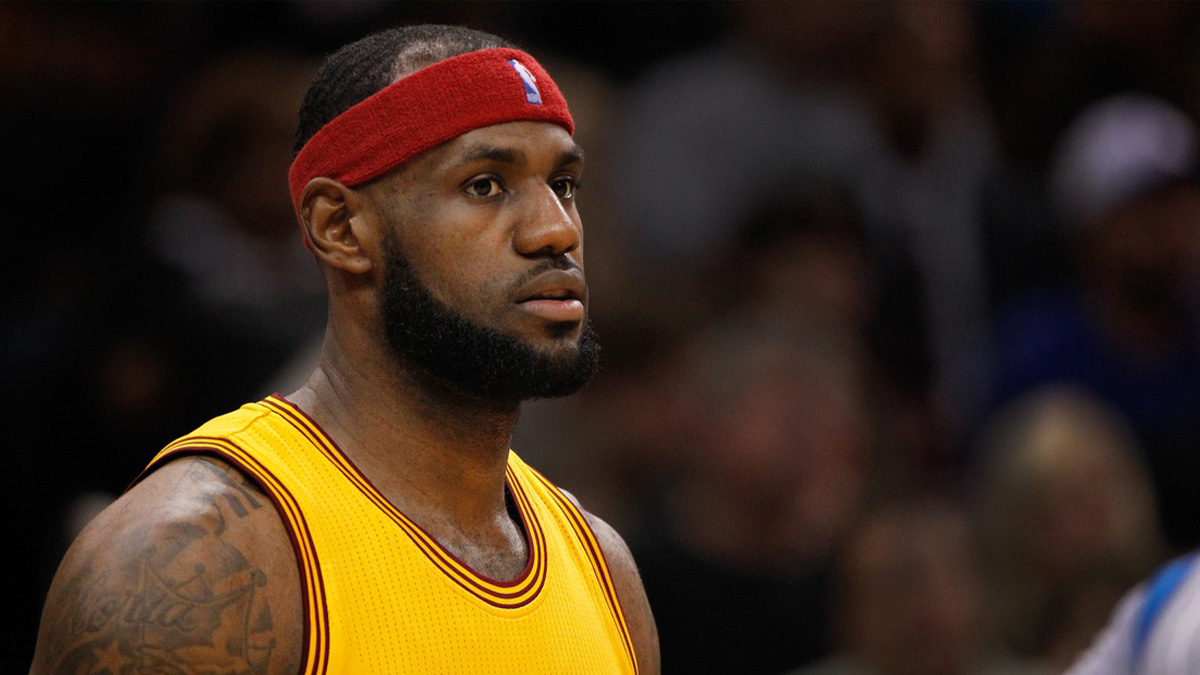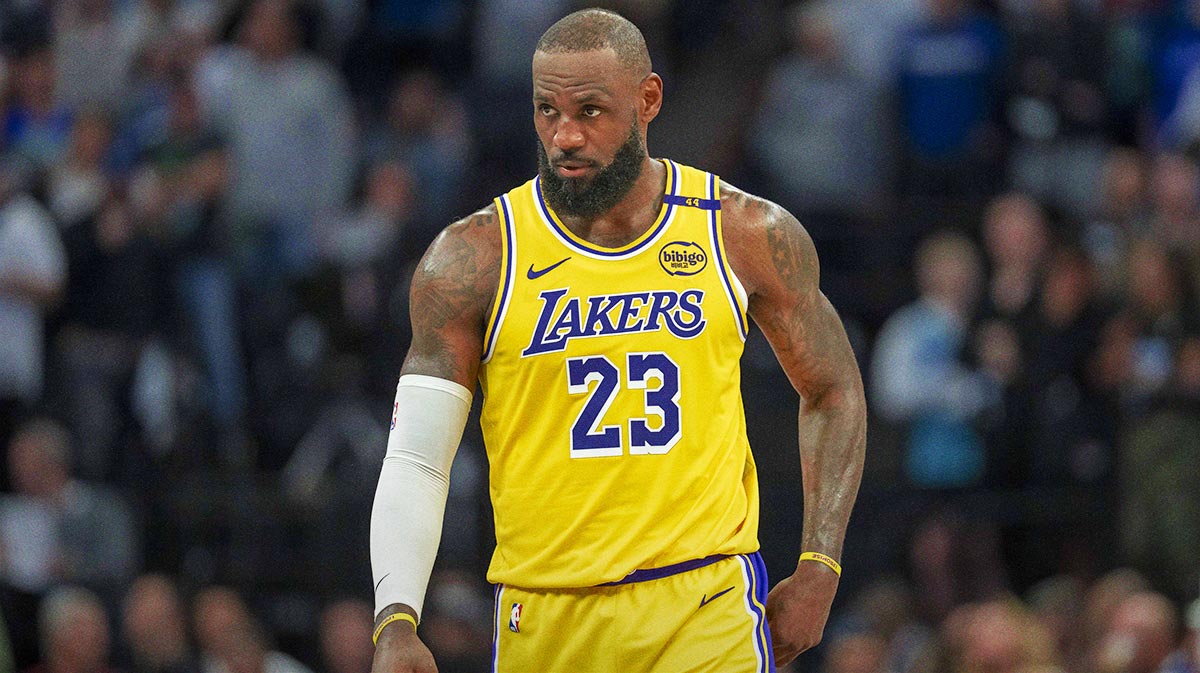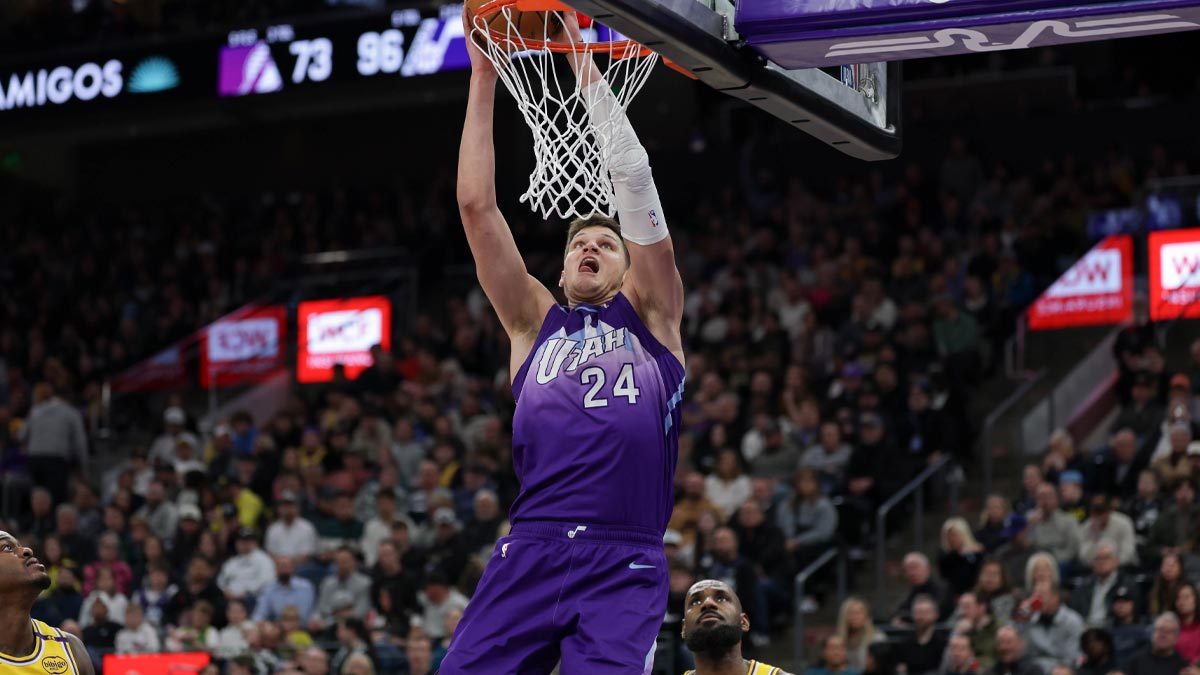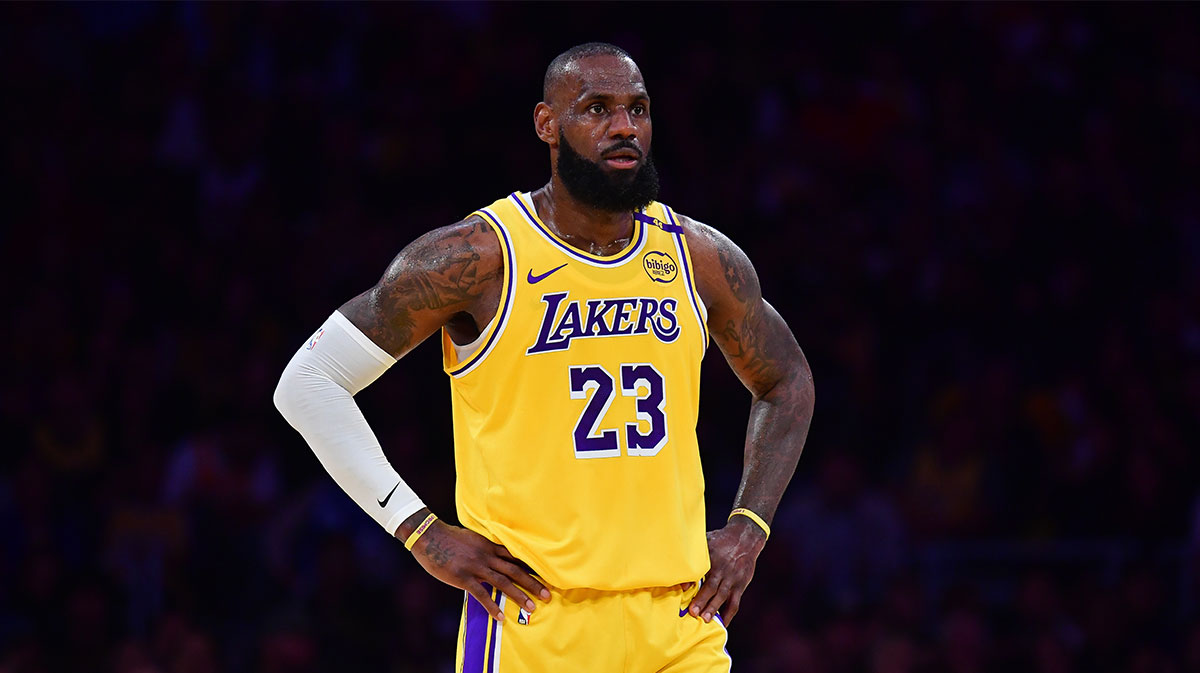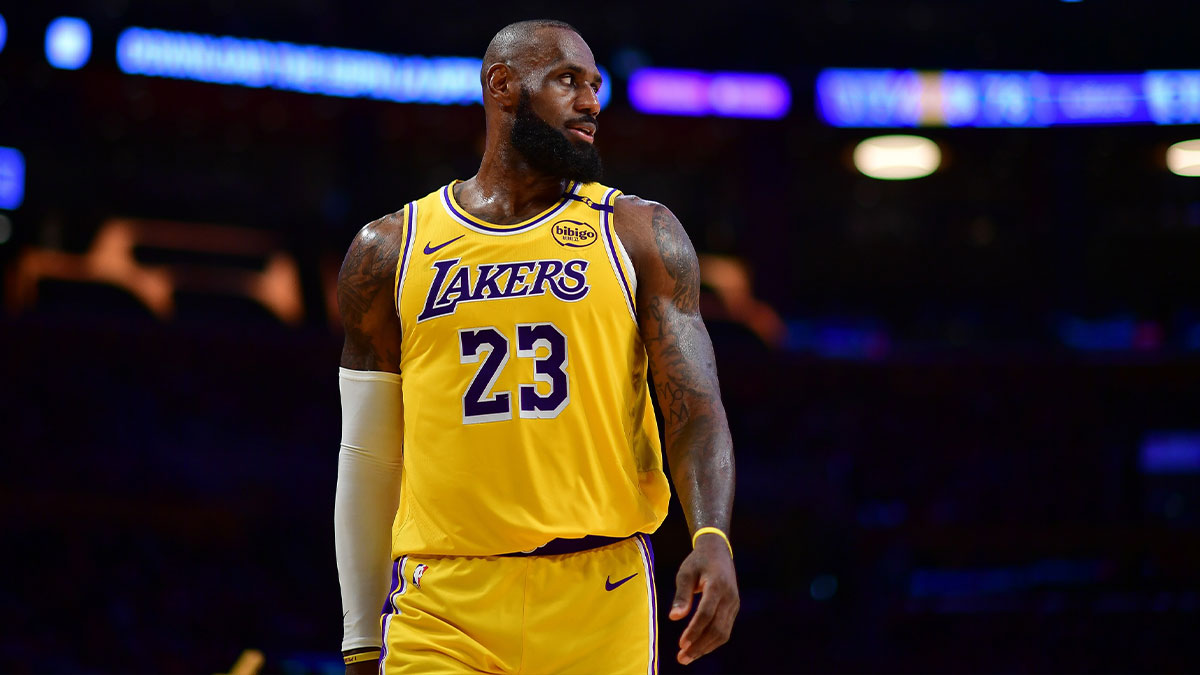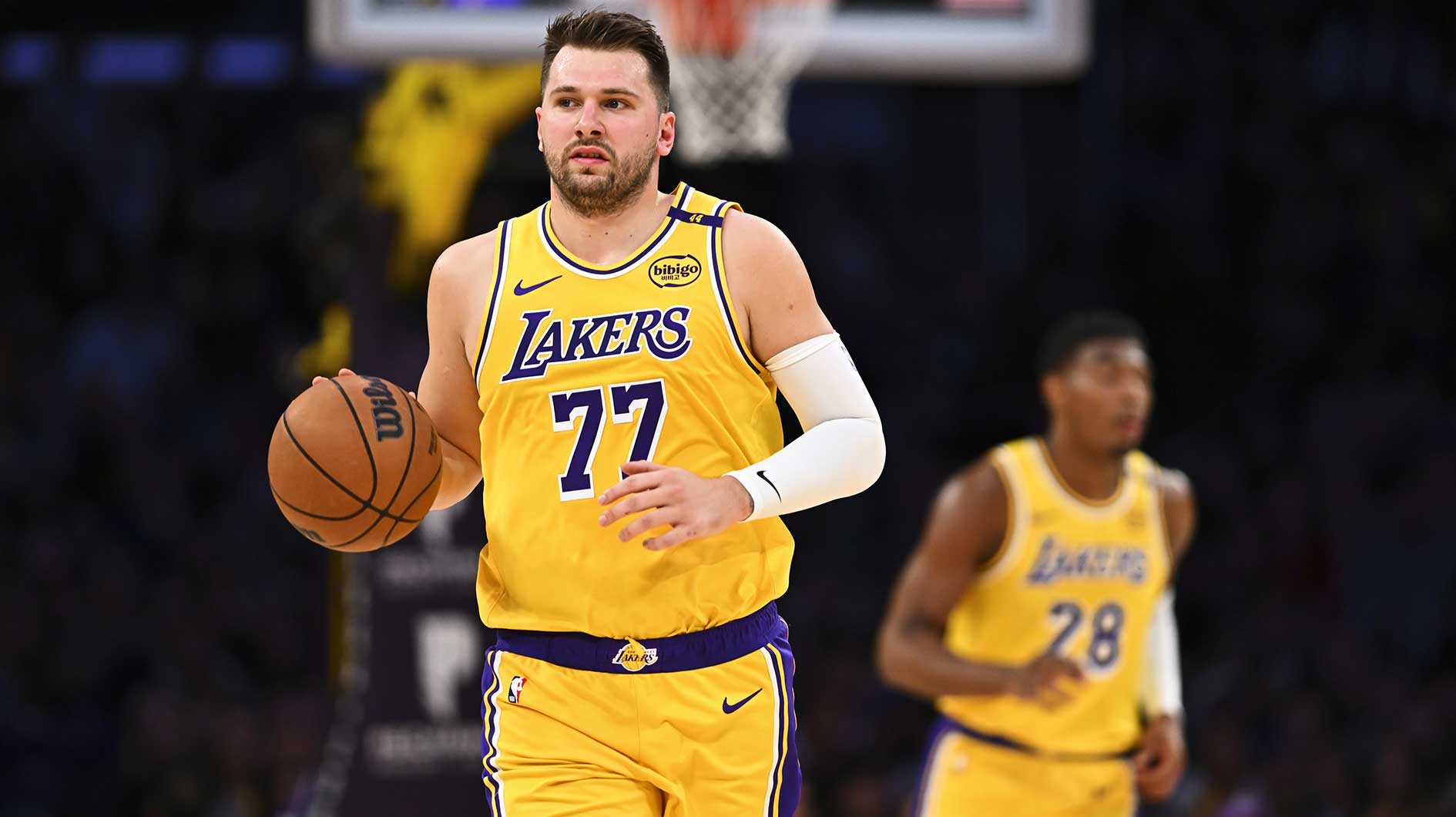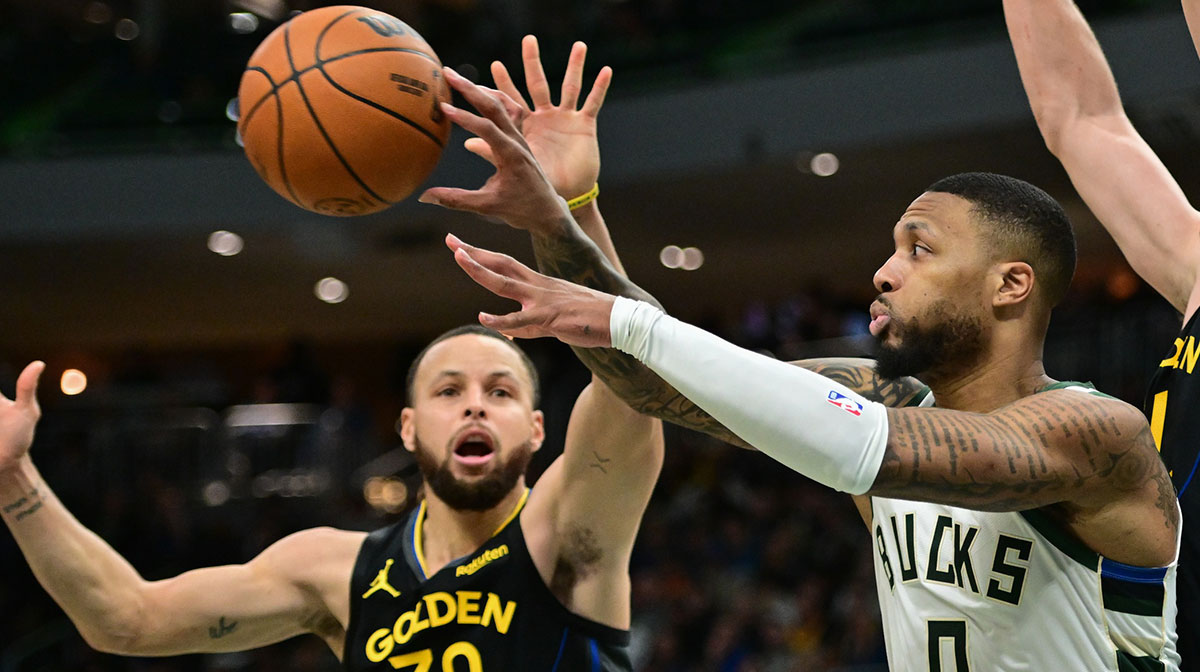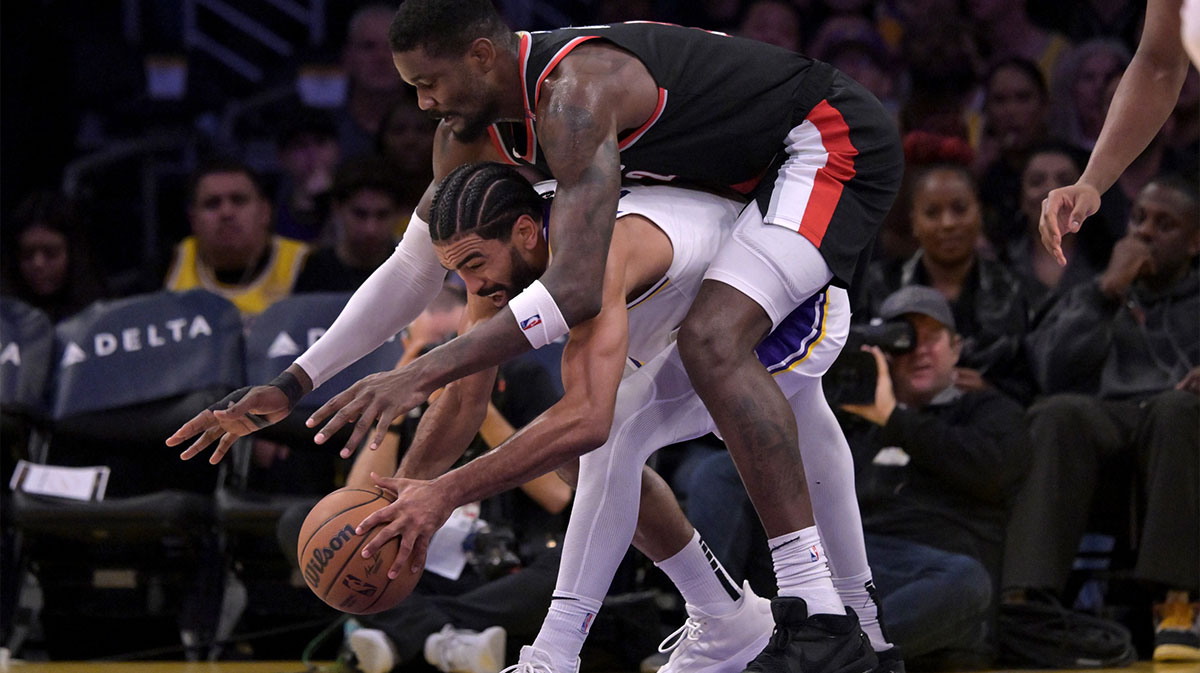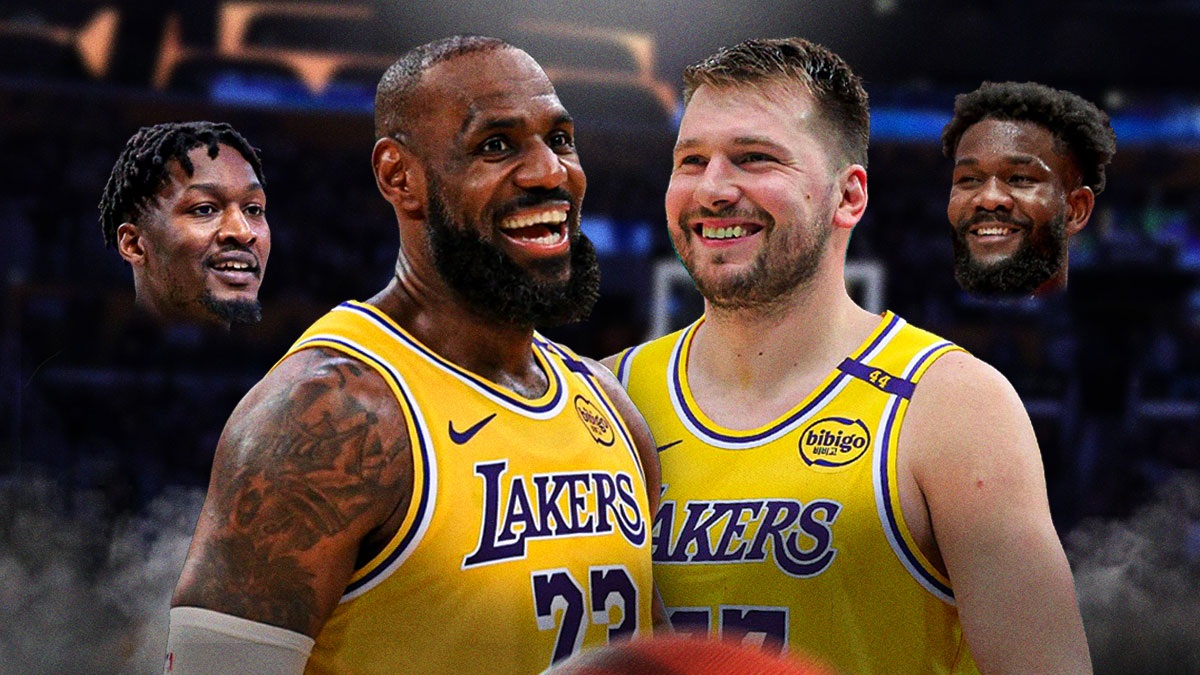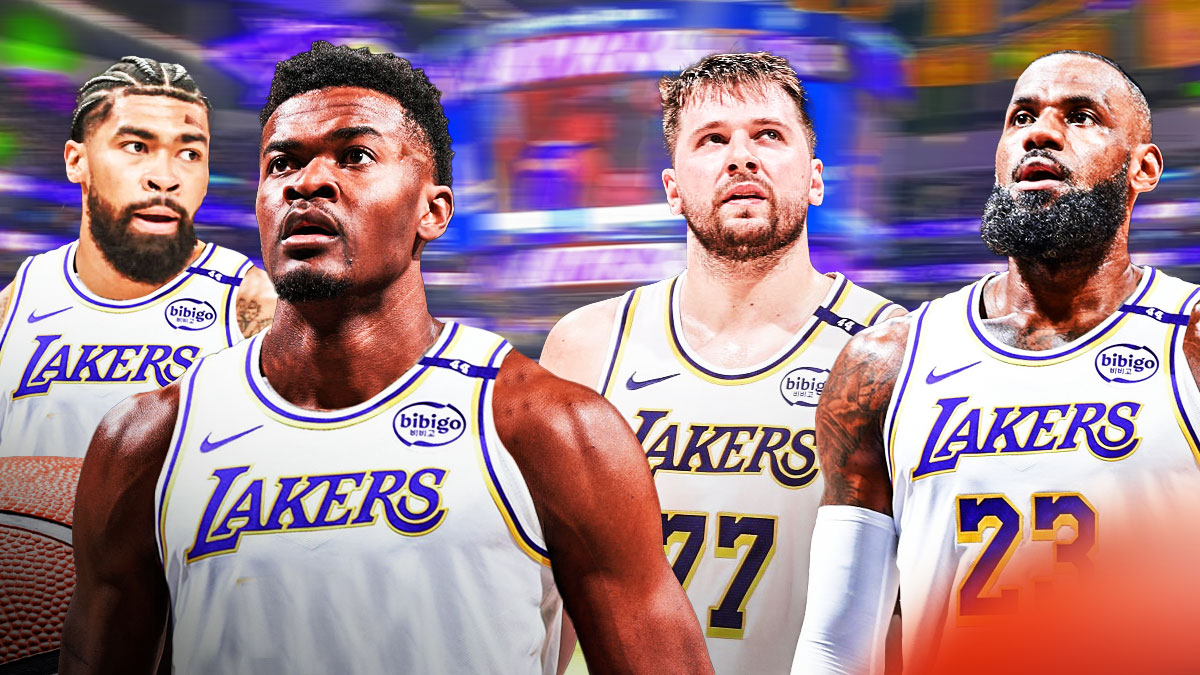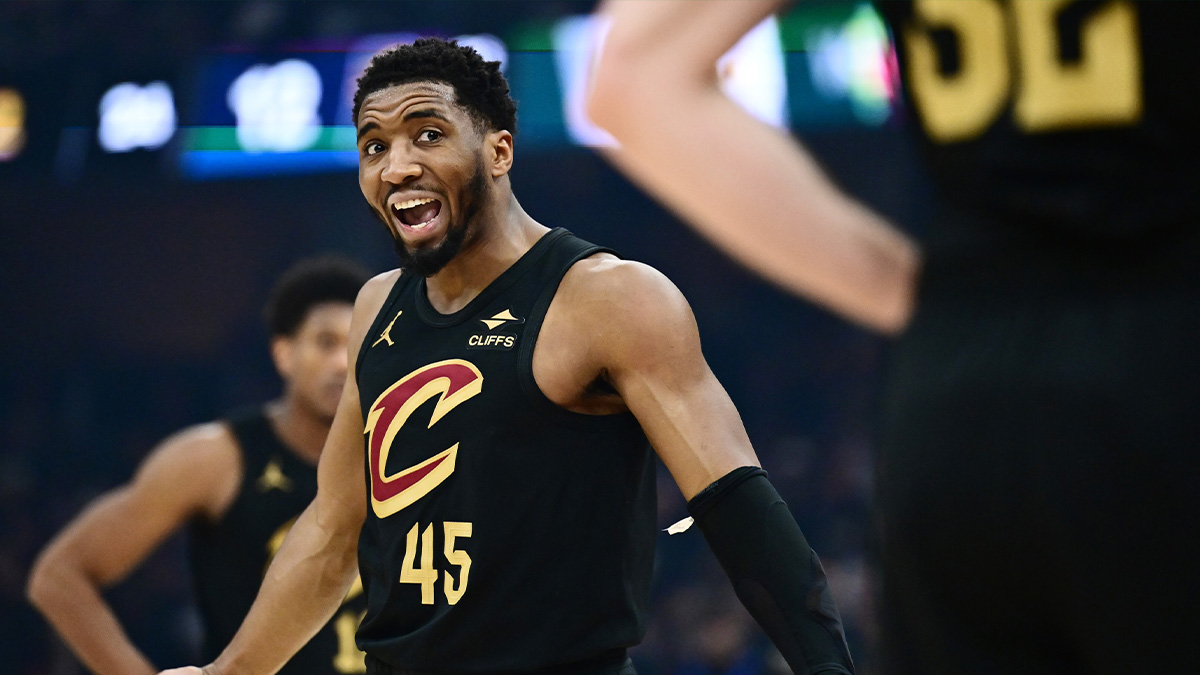Much of the transaction speculation surrounding the Los Angeles Lakers' summer plans has comprised of scenarios that include a sign-and-trade component. The Lakers have 10 free agents, and, due to their limited cap flexibility, nearly any substantive addition would have to come via trading outgoing salary rather than an outright signing (barring extremely generous veteran deals.)
Lakers fans may see certain free agents on the market and think: Well, if we can, at the very least, sign-and-trade Dennis Schroder and his potential $20-$25 million salary, or Talen Horton-Tucker, a more valuable asset, we can nab a quality free agent; say, Lonzo Ball, Kyle Lowry, DeMar DeRozan, Spencer Dinwiddie, or — if he opts out and renegotiates — Chris Paul.
However, there is one major complication that comes with acquiring players via sign-and-trades: it triggers the hard cap. This would seriously hamstring the Lakers, and will be a real deterrent for Rob Pelinka to maneuver around. (The hard cap can also be triggered by a team using the tax-payer portion of its MLE, about $5M, or using their bi-annual exception, which the Lakers can't do this year after using it on Wesley Matthews).
The NBA features a “soft cap”, which is why exceptions and Bird Rights exist, allowing teams to surpass the salary cap. As long as the Lakers remain soft-capped, they can hand out veteran and midlevel exceptions — possibly for Alex Caruso at $8M — and use Bird Rights to retain any of their free agents.
The salary cap is set at approximately $112M. The hard cap threshold (or “tax apron”) sits just above the luxury tax line, which is currently $136M. In 2020-21, the apron was just under $139M. If a team triggers the hard cap, they cannot exceed the tax apron by any means — no exceptions, no Bird Rights — for the duration of the season.
Counting only LeBron James ($41.2M), Anthony Davis ($35.3M), Kentavious Caldwell-Pope ($13M), Kyle Kuzma ($13M), Marc Gasol ($2.6M), their first-round pick ($2M) and the ghost of Luol Deng ($5M), the Lakers have just over $112M committed in salary for 2021-22.
If they were to re-sign Schroder (let's say $20M), Talen Horton-Tucker, and Alex Caruso (let's say $8M for both next season) that puts them at $148M — way above the tax apron. That's not including Montrezl Harrell's potential opt-in ($9.7M) and any players they may want to retain (Matthews, Andre Drummond, Marcus Morris, Jared Dudley) or sign (Carmelo Anthony, Jeff Green, Dwight Howard).
In other words, because the Lakers are already near the threshold, a two-way sign-and-trade — if the salaries were equal — would put them near the apron with a slew of roster spots left to fill. They would be unable to use their exceptions to do so and would have to renounce nearly all of their free agents.
They could potentially re-sign one of THT and Caruso, but not both, would surely have to trade Kuzma and possibly KCP to a team with cap room in exchange for draft picks, then fill out the roster as cheaply as possible. They would also be unable to sign a player on the buyout market later in the season.
Not exactly “Win-Now” moves, unless they believed Paul, Lowry (or any of the above names) were worth the inflexibility of the hard cap.
Inevitably, avoiding the hard cap will be just as much of an offseason priority for the Lakers as improving the team's spacing and play-making. It could also result in some tough decisions that #LakersTwitter may not be crazy about. Fortunately, there are obtainable and intriguing under-contract players on the market: Buddy Hield, Collin Sexton, Terry Rozier, Kemba Walker, Russell Westbrook, Dejounte Murray, Malcolm Brogdon.
If they can't strike a sign-and-trade deal for an under-contract player, they can overpay Schroder, see how the season goes, then trade him later on.
Just something to keep in mind as the offseason fast approaches.

